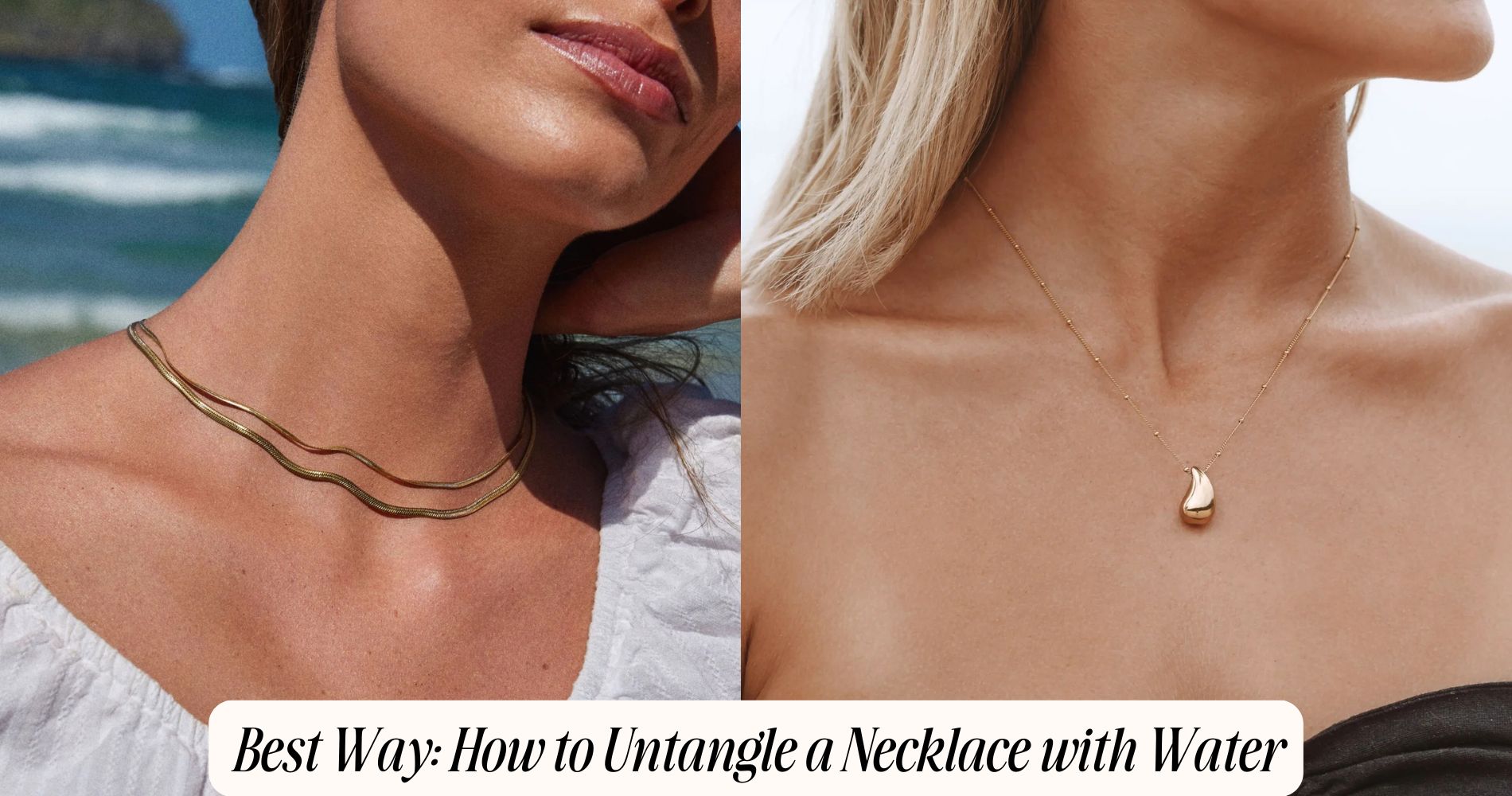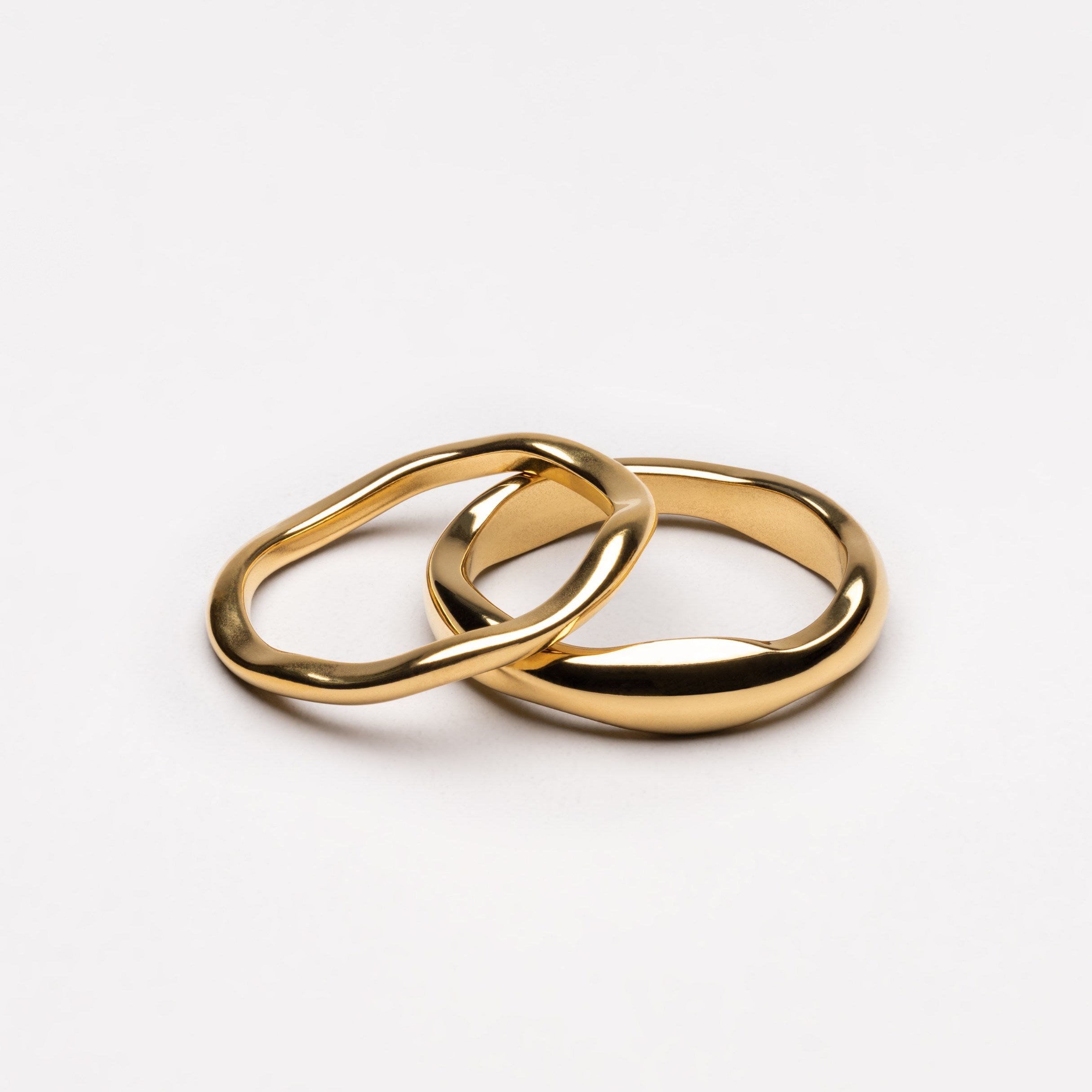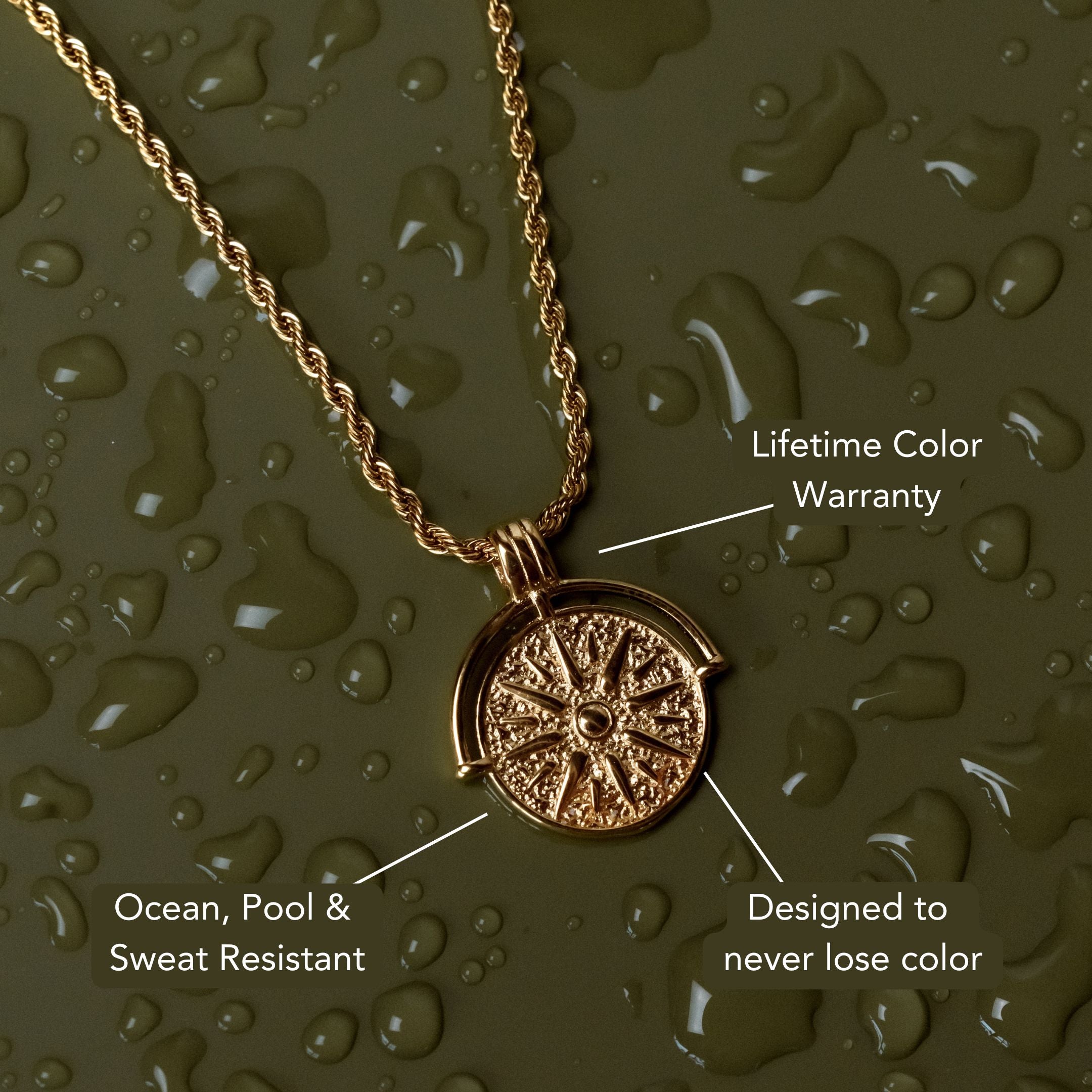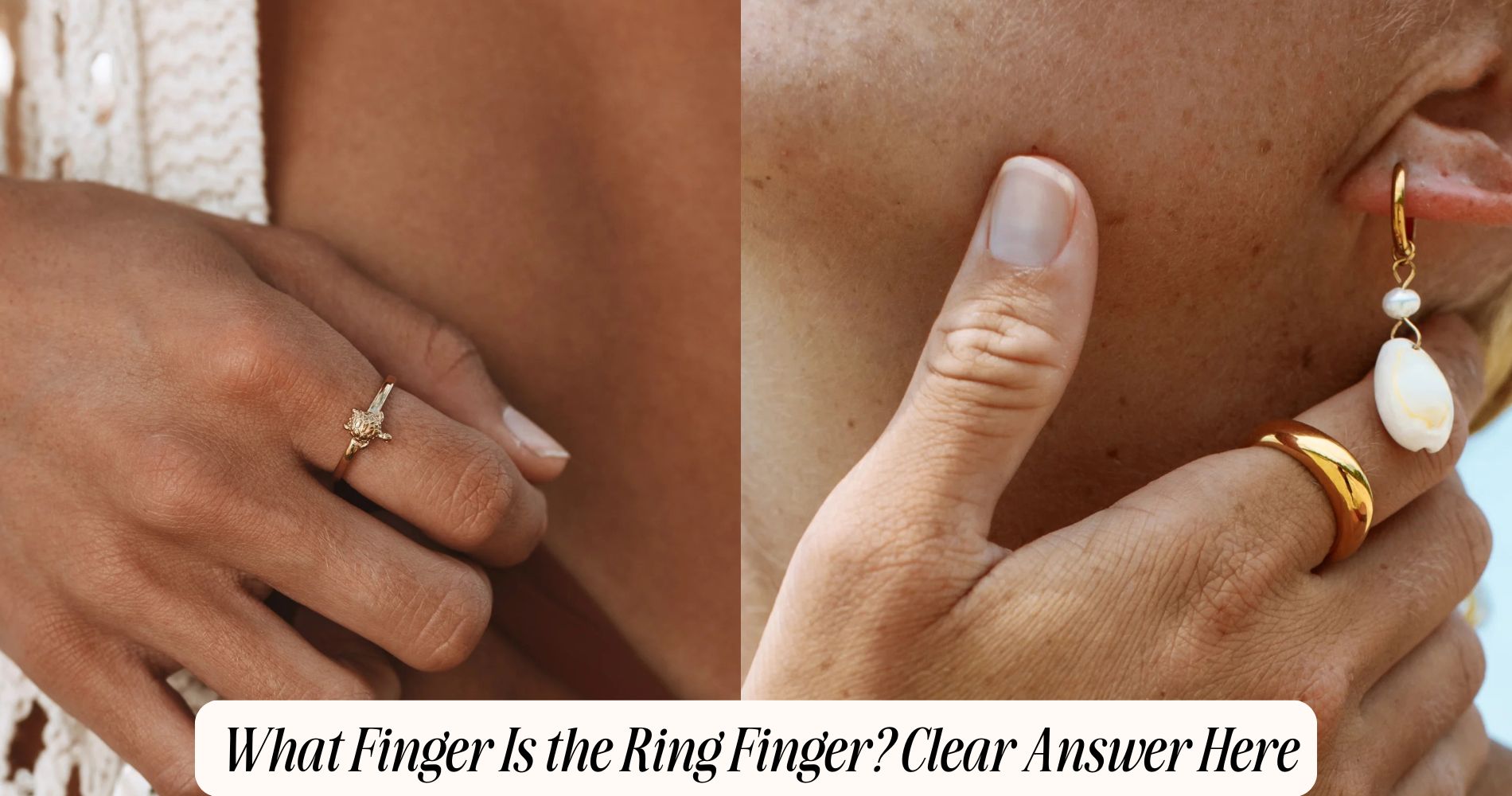
Best Way: How to Untangle a Necklace With Water
If you've ever struggled with a tangled chain, learning how to untangle a necklace with water can be a game-changer. Start by filling a shallow dish with lukewarm water and adding a few drops of mild soap. Let the necklace soak for 10–15 minutes to loosen the knots. Then, use fine-tipped tweezers or needles to carefully isolate and gently work apart the tangle. Apply outward pressure and rotate slowly, focusing on one section at a time. Once the knots begin to loosen, gently separate the chains by hand. If you're untangling delicate pieces like those from our dainty gold necklace collection, be especially gentle. For more advanced techniques and prevention tips, keep reading.
Understanding Why Necklaces Get Tangled
When thin chains and pendants move freely, friction and repeated motion cause necklaces to intertwine and knot. You’ll notice chain knots form most often during storage, transport, or when multiple necklaces are worn together.
The small links in fine chains easily loop around each other, especially if you don’t use proper jewelry maintenance techniques. Even minor agitation—like shifting in a drawer or purse—can generate enough torsional force to initiate tangling.
Pendants add weight, increasing the chance of twisting. As you pull or adjust the chain, tension tightens these knots, making removal difficult.
To minimize chain knots, always fasten clasps before storing, separate each necklace, and lay them flat. Consistent jewelry maintenance helps prevent future tangles and preserves your pieces’ integrity.
Gathering the Supplies You’ll Need
After understanding how knots form in necklaces, you’ll need specific tools to untangle them efficiently. Begin with careful material selection: choose fine-pointed tweezers, straight pins, or sewing needles—these offer precision without damaging delicate chains. A magnifying glass can enhance visibility for intricate knots. Lay out a soft, non-abrasive cloth as your working surface to prevent scratching.
For safety precautions, avoid sharp instruments if children are present and use gentle, controlled movements to minimize injury and prevent chain breakage. Have a small dish of gentle, non-abrasive soap on hand for later steps. Wear gloves if your skin is sensitive to metals or cleaning agents.
Organize these supplies within easy reach to streamline your process and ensure you’re prepared for efficient, safe untangling.
Preparing a Water Bath for Your Necklace
Although dry methods can sometimes suffice, soaking your necklace in a gentle water bath effectively loosens tight knots and minimizes the risk of metal fatigue.
Start by selecting a clean, shallow dish to guarantee ideal chain maintenance. Fill it with lukewarm water—avoid extremes, as hot water may weaken delicate metals and cold water can impede knot loosening.
For water safety, verify that your necklace’s metal and any gemstones are water-resistant; avoid if it’s porous or unsealed.
Add a few drops of mild dish soap to enhance lubrication, reducing friction between chain links.
Submerge the necklace fully, ensuring all twisted sections are underwater. Let it soak for 10-15 minutes, allowing water molecules to penetrate knot tension.
Proceed carefully to maintain structural integrity.
Step-by-Step Guide to Untangling Using Water
Once your necklace has soaked, use two straight pins or fine-tipped tweezers to gently isolate the main knot. Carefully examine the knot formation, noting the way chains and various bead types interlace. Insert the pins into the tightest section of the knot, applying gentle outward pressure to create micro-separations.
If you encounter resistance, rotate the necklace slightly and reinsert the pins at a different angle to minimize stress on delicate links or beads.
Continue to tease apart the knot, focusing on loosening one section at a time. For complex bead types, such as faceted or irregular shapes, maintain a steady grip to avoid slippage. As the knot loosens, use your fingers to carefully pull apart the chain, ensuring that no new knots form during the process.
Tips to Prevent Future Tangles
To minimize future tangling, implement storage solutions that physically separate each necklace. Utilize compartmentalized jewelry storage with individual sections or hooks, ensuring chains remain isolated. Always fasten metal clasps before storing—this maintains the closed-loop structure and prevents chains from intertwining.
Insert each closed necklace into a soft pouch or hang it on a dedicated hook. For travel, thread necklaces through drinking straws or wrap them in anti-tarnish cloth, securing metal clasps outside the wrap for easy access.
Regularly inspect your jewelry storage to confirm necklaces haven't shifted or overlapped. Avoid tossing multiple necklaces into a single compartment, as this increases friction and knotting risk.
Caring for Your Necklace After Untangling
After you've successfully untangled your necklace, inspect the chain and clasp for any signs of stress or damage such as kinks, weakened links, or misaligned closures. Use a magnifying glass to examine each link.
If you find any weak points, use small pliers to gently realign or reinforce the affected areas. Clean the necklace with a non-abrasive jewelry cleaner and a soft cloth to remove any residue left from the untangling process.
For ideal necklace maintenance, avoid exposing your chain to chemicals, excessive moisture, or rough surfaces. When storing, utilize a dedicated jewelry storage system—preferably a compartmentalized box or a hanging organizer to prevent future tangling. Always fasten the clasp before storage.
Regularly inspect and clean your necklace to ensure lasting durability and brilliance.
Frequently Asked Questions
Can This Method Be Used for All Types of Necklace Materials?
You should assess material compatibility and water sensitivity before applying this method. For example, avoid water exposure with porous gemstones, untreated metals, or silk cords. Always identify your necklace’s composition to prevent corrosion, discoloration, or structural compromise during untangling.
Is It Safe to Use Warm Water on Gemstone Necklaces?
When considering gemstone safety, always verify each stone’s tolerance. Use lukewarm water rather than hot, as excessive water temperature can cause thermal shock, fracturing, or discoloration. Test on a less visible area before fully immersing your necklace.
How Long Does the Untangling Process Usually Take?
You can expect the untangling process to take anywhere from a few minutes to thirty minutes. Time estimation depends on difficulty factors like chain thickness, knot complexity, and clasp type. Carefully isolate knots and apply gentle, incremental tension.
What Should I Do if My Necklace Has a Delicate Pendant?
If your necklace has a delicate pendant, first secure the clasp to prevent further tangling. Gently isolate the pendant, ensuring minimal stress on connection points. Use precision tweezers to manipulate knots, maintaining consistent tension and avoiding excessive force.
Are There Alternatives to Water for Untangling Necklaces?
You’ve got alternatives like soapy solutions or a vinegar soak. First, immerse the necklace in a mild soapy solution or diluted vinegar. Gently agitate, then use tweezers to methodically separate knots, minimizing mechanical stress on delicate links.
Conclusion
By systematically applying the water bath method, you’ve efficiently loosened knots and minimized mechanical stress on your necklace. Using gentle manipulation and precise movements guarantees the chain’s integrity remains intact. Remember to dry the necklace thoroughly to prevent oxidation or tarnish. Store it in a compartmentalized container to avoid future entanglements. By following these technical steps, you’ll maintain your jewelry’s longevity and aesthetic appeal, ensuring it’s always ready for wear and free from complex tangles.
























Leave a comment
This site is protected by hCaptcha and the hCaptcha Privacy Policy and Terms of Service apply.